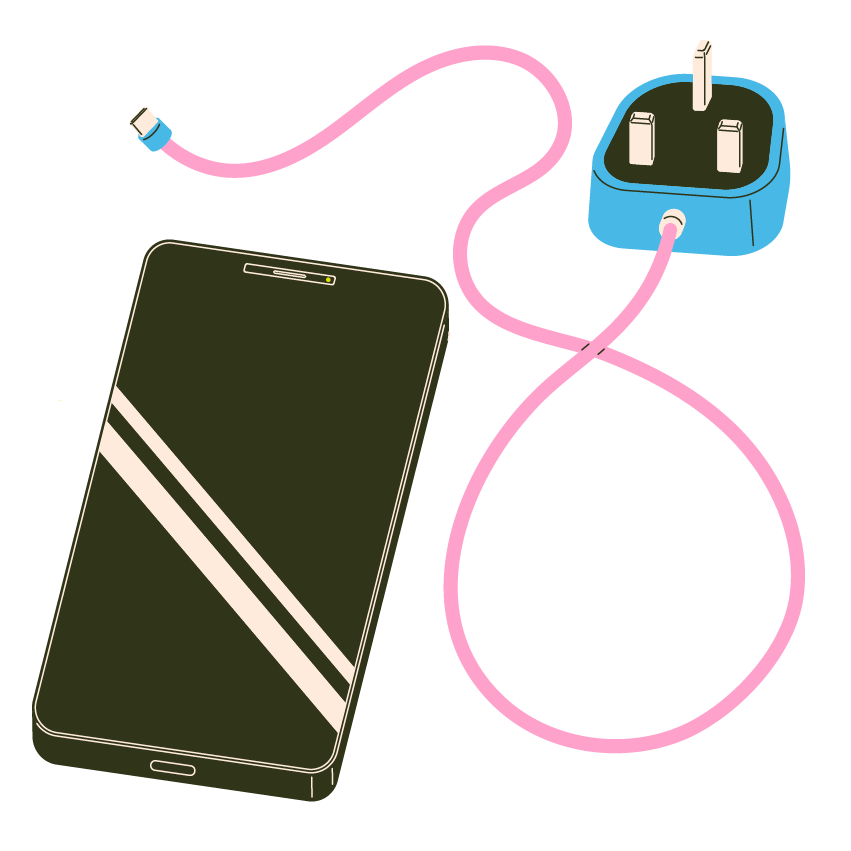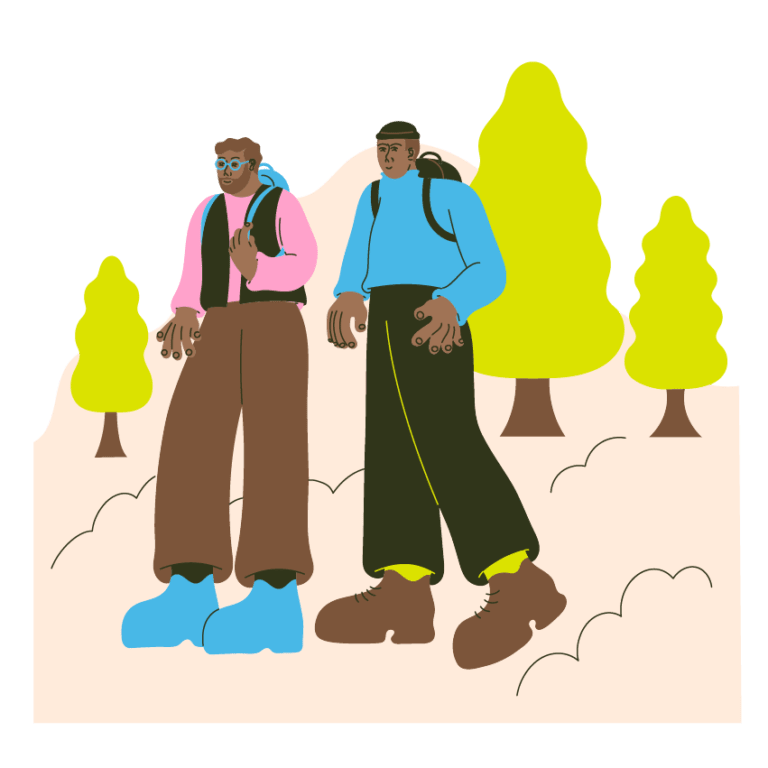The project was run in three ways.
Firstly, we used the project to develop a digital inclusion connectivity partnership for Aberdeen City and Shire. This partnership brought together organisations that need to hear and understand barriers to digital inclusion and learning for New Scots. These partners, who have signed up to the project, already had many of the solutions to these issues, and will be able to work together to meet most of the remaining gaps. As well as digital access, this connectivity partnership also considered English language learning and the way this intersects with digital access and learning.
Secondly, by taking on the learning from the existing digital champion model, we aimed to train a digital family member in every New Scots family in Aberdeen City and Aberdeenshire and evaluate the impact this has. We wanted to work with existing digital community champions within the New Scots community to develop and deliver this model.
Finally, the development of a digital welcome pack will be a new toolkit, aimed at providing a useful tool for newcomers to the North East of Scotland with limited digital skills, cultural knowledge, and/or English language skills.





